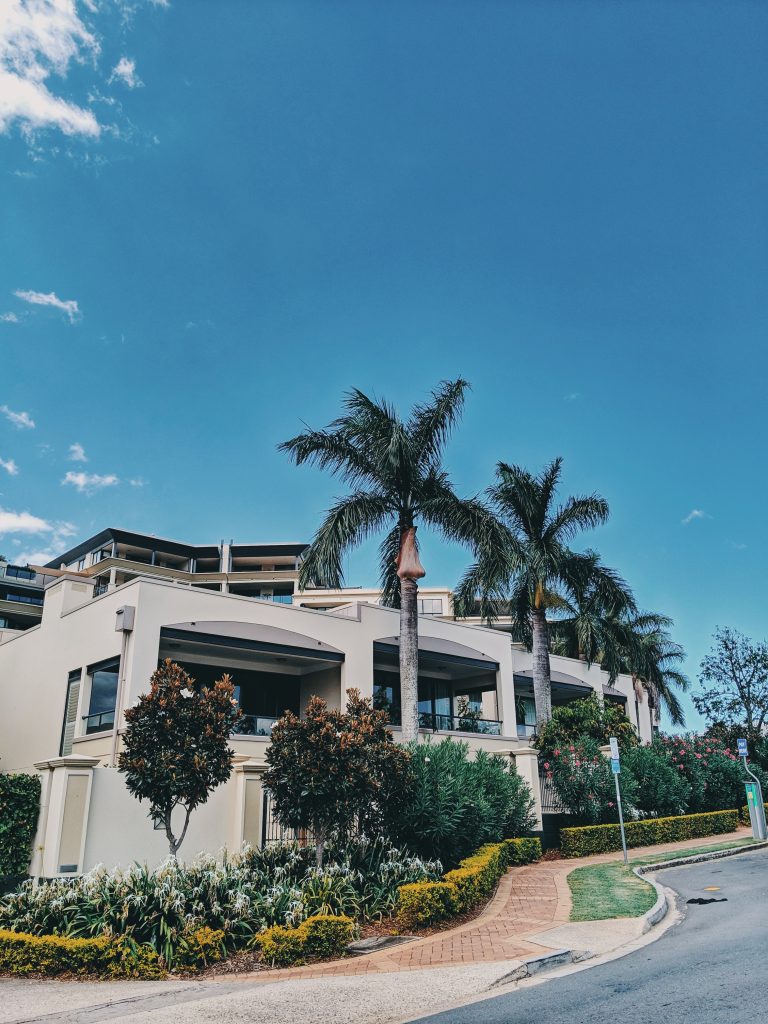Renovating a property can be a daunting process for many real estate investors. Seeing other successful fix and flips make high profits make the process seem easy – just buy an old property, throw on some paint and a few fixes and sell it for a higher price. However, the hard reality of home renovation is that making even basic cosmetic changes can take a long time, bring up some nasty surprises and quickly become more expensive than originally planned for. Realistically, there are some serious challenges you will face before the property is in a state where it is ready to be sold.
This is the true reality of home renovation for fix and flippers, and how to counteract the challenges it may bring:
A Slow Process
Renovating a property is a slower process than most fix and flip TV shows will lead you to believe. The truth is that the average length of a full home renovation can last between four and eight months, depending on what fixes need to be done. Before getting started with renovations, you should sit down with your contractor to create a detailed timeline for the entire project. This should help you know what to expect in terms of timing, and give you enough time to apply for any needed permits or funding you may need during the flip process.
It’s also key that all materials are bought ahead of time, and to stay updated on the quantities that are left so there are no delays waiting for materials to come in. You also want to avoid not buying enough materials, only to struggle to find the same options later and having to substitute.
Exposing Surprise
Sometimes doing basic renovations can unearth deeper structural issues in a property, or other nasty surprises like leaks and more. In many older properties, electrical and plumbing issues are some of the most common investors come across. Properties which have had previous renovations can also be particularly troublesome – it can be hard to say to which standard changes were made or if everything was done up to code.
Depending on which year the home was built in, certain features may have subscribed to different building standards, or have made use of what we know today as hazardous materials. This is why real estate experts suggest setting aside an estimated 15% to 20% contingency fund for unexpected renovation issues that come up.
An Eye For Design
Another challenge you might come across is in actually designing cosmetic renovations. Not only do you need to select upgrades which prospective buyers would be keen on, and stay in the budget; but also to balance the changes so it raises the overall property value. There is such a thing as over-designing, and many newer house flippers tend to overspend on changes which ultimately won’t increase the property value, or that buyers don’t care about.
There are plenty of ways to keep your latest fix and flip in touch with the latest trends while remaining cost-effective and targeting the rooms that matter. Real estate entrepreneurs can maximize their ROI by investing more time in targeted spaces, and making smaller fixes that can increase the property asking price.
Managing Expenses
The average cost of renovating a home that is under 1,000 square feet is around $18,347.
For larger properties between 3,000 to 4,000 square foot, the average cost is closer to $36,120. It’s worth noting that older properties typically run more expensive when it comes to renovations, due to the amount of work needed to bring them up to selling standards. When setting your home renovation budget, it’s best to prioritize changes by room, starting with the most important spaces like kitchens and bathrooms that are majorly valued by buyers.
It’s a delicate balance; you don’t want to spend too much on one room, and also want the whole property to flow and appear as one unit and not have one space wildly different from the other.
The hard reality of home renovation is that it is more difficult and time-consuming than many expect. Reality fix and flip TV shows make these renovations look much easier and faster than it really is, but they are inspiring more people to become real estate investors. From slow renovation processes to uncovering structural issues or fixtures not up to code and more; there are many challenges investors will face when renovating.
However, with some extra preparation, the renovation will go more smoothly and be more likely to sell successfully.

